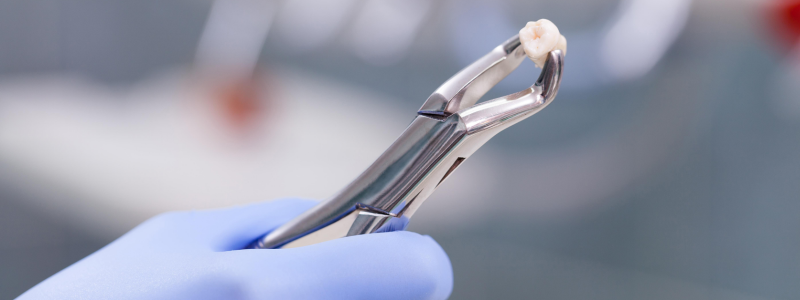Tooth Extractions

Tooth extractions involve the removal of a tooth from the jawbone and are performed for various reasons such as decay, infection, or overcrowding. This procedure may also be necessary before orthodontic treatment with braces.
The extraction process typically begins with an “open” extraction, where the gums are cut to access and remove the tooth. This may involve using forceps or surgical instruments to extract the tooth. In cases of extensive decay or infection, antibiotics may be prescribed before and after surgery to minimize risks.
Common Reasons for Tooth Extractions
Tooth extractions are often performed due to severe decay, overcrowding, infection, fractures, or impacted wisdom teeth. Advanced decay that cannot be treated with fillings or crowns may necessitate extraction to prevent further damage. Overcrowding in the mouth can also prompt extractions to create space and improve oral health.
The Extraction Procedure
Tooth extraction, also known as exodontia, involves surgically removing teeth from the mouth. Despite preventive care advancements, extractions remain necessary for oral health maintenance. Proper aftercare is crucial following the procedure.
Aftercare Tips
After a tooth extraction, maintaining cleanliness and dryness in the area is essential. Using a cold compress immediately post-procedure can reduce swelling and discomfort. Patients should avoid hard or crunchy foods that may aggravate the extraction site.
For 24 hours post-extraction, patients should refrain from vigorous mouth rinsing or using straws to prevent disruption of clot formation and excessive bleeding. Instead, rinsing with warm salt water several times a day aids in bacteria control and promotes proper healing.
